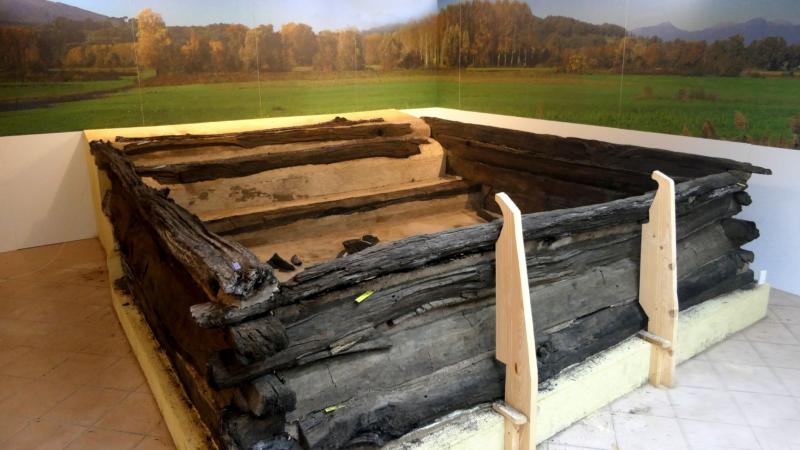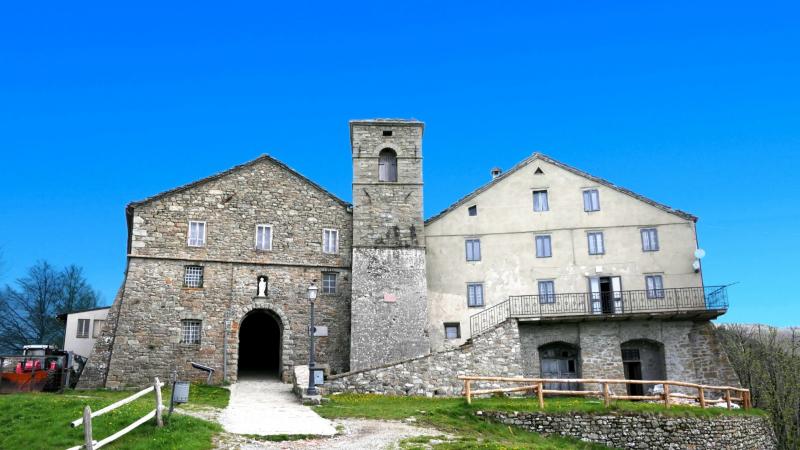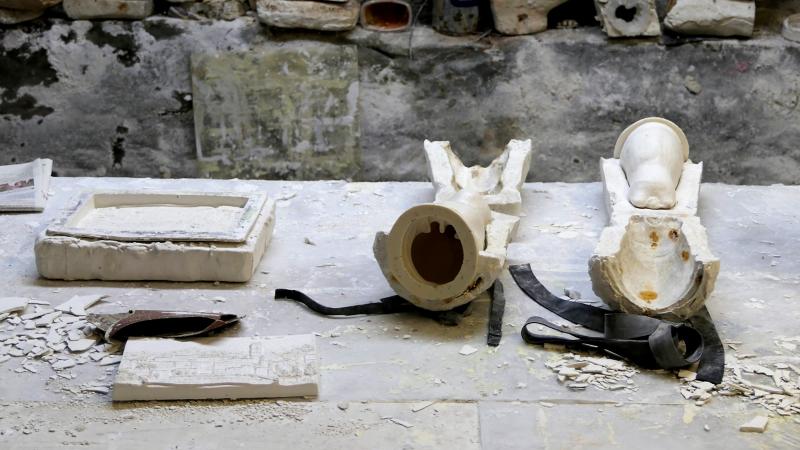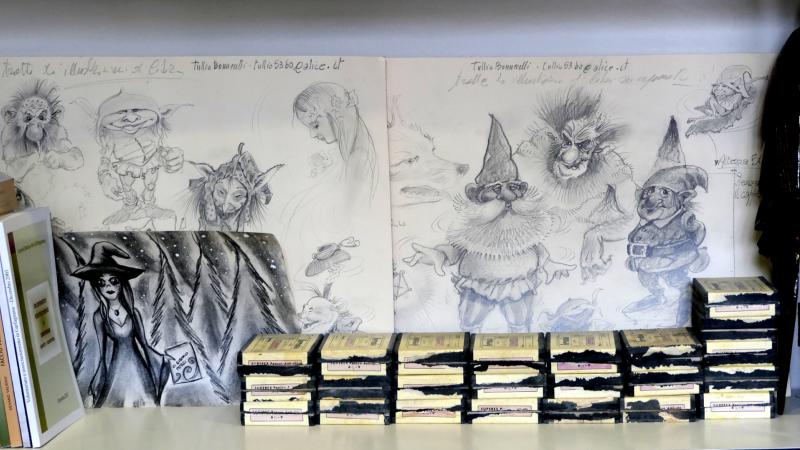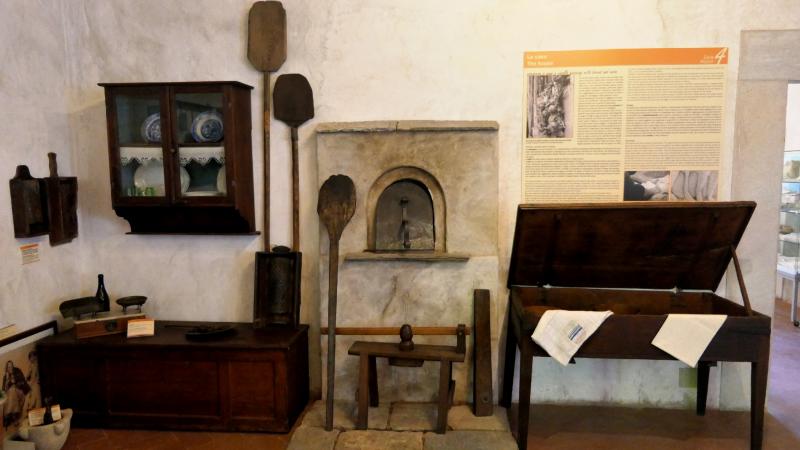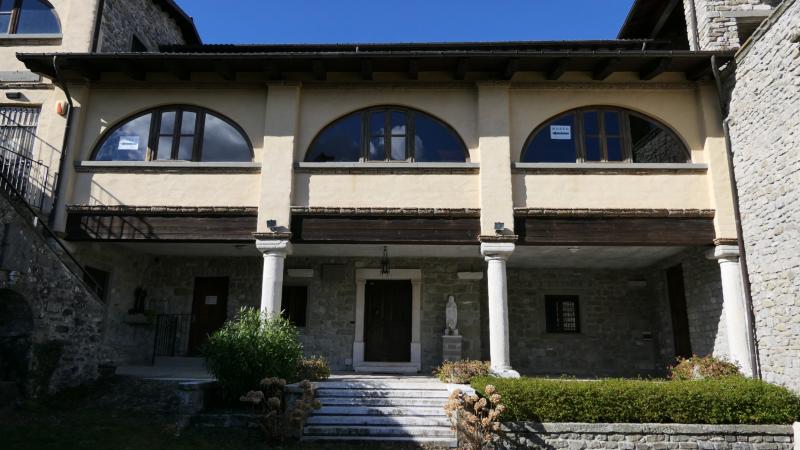Breadcrumb
- Home
- Itineraries
- Ethnographic itinerary
Ethnographic itinerary
The ethnographic museums of the Lucchesia collects and exhibits the rich anthropological testimonies of this territory, telling the ultra-millennial history, traditions and customs of a people and their daily life.
One of the main themes narrated is that of work. Thus the Museum of Work and Popular Traditions of Historical Versilia, housed in the Medici Palace in Seravezza, a Unesco World Heritage Site.
The Museum collects a rich collection of objects, tools and instruments, testimony of the daily life and work of the "people" of Versilia, of the historical one of the municipalities of Seravezza, Stazzema, Forte dei Marmi and Pietrasanta, between the late nineteenth and mid-twentieth centuries. Agriculture, weaving, sculpture, the excavation and processing of marble, mining and iron processing are the works that are brought to light with the display of old work tools
One of the sections of the Athena Museum in Capannori is dedicated to the peasant civilization of the Lucca area, which offers a historical narration of the Piana di Lucca area, collecting images and tools witnesses of the agricultural practices of the past, linked in particular to sessantino maize, beans from Lucca and to the ancient units of measurement of the territory.
The rural material culture of another area, that of the Garfagnana, is narrated by various museum sites that are located between the upper and lower Serchio Valley.
San Pellegrino in Alpe, the highest village in the Apennines, houses the Don Luigi Pellegrini Provincial Ethnographic Museum in the rooms of the ancient hospital for pilgrims, one of the most important collections of material cultural objects in Central Italy. In the rooms of this museum, peasant, pastoral, artisan and domestic life is witnessed both on the Appennine side of Lucca - Garfagnino and on the Modena - Reggio areas, lands united by 400 years of Este domination which has allowed the preservation of specific social, economic and linguistic characteristics. Ample space is dedicated to the working life of this area, from agricultural cycles to weaving, from cattle breeding to the chestnut cycle, from crafts to itinerant trades; the collection is completed by the testimonies of the popular dramatic form of Maggio.
The tradition of Maggio is also extensively narrated by the Italian Museum of Folklore Imaginary in Piazza al Serchio, born from the Documentation Center of the Oral Tradition, which over many decades has collected and recorded thousands of unpublished stories of the Italian oral tradition (fairy tales, legends, popular beliefs). The mission of the Museum today is to continue this research and therefore to recover and preserve this precious material that can be experienced through the multimedia devices present in the Museum.
Not far from Piazza al Serchio there is the municipality of Minucciano, which houses the Olimpio Cammelli Alta Garfagnana Identity Museum, a place to discover the popular traditions and the fascinating history of the town and its inhabitants who, with their dedication, managed to rebuild the village church.
A more peculiar working tradition is that told by the Museum of the plaster figurine and emigration, in the historic centre of Coreglia Antelminelli. The Museum testifies to the migratory phenomenon based on the sale of plaster statuettes that reached very high points in the Serchio Valley from the 18th to the 20th century. The history of emigration from Coreglia and Lucca was in fact for many decades linked to the production and trade of plaster figurines, with migrants who exported this art to all continents, often with great economic success. The current museum exhibition consists of 1300 plaster samples which, through different subjects, colours and shapes, want to represent the technical evolution of this craftsmanship from the seventeenth century to the present day.
